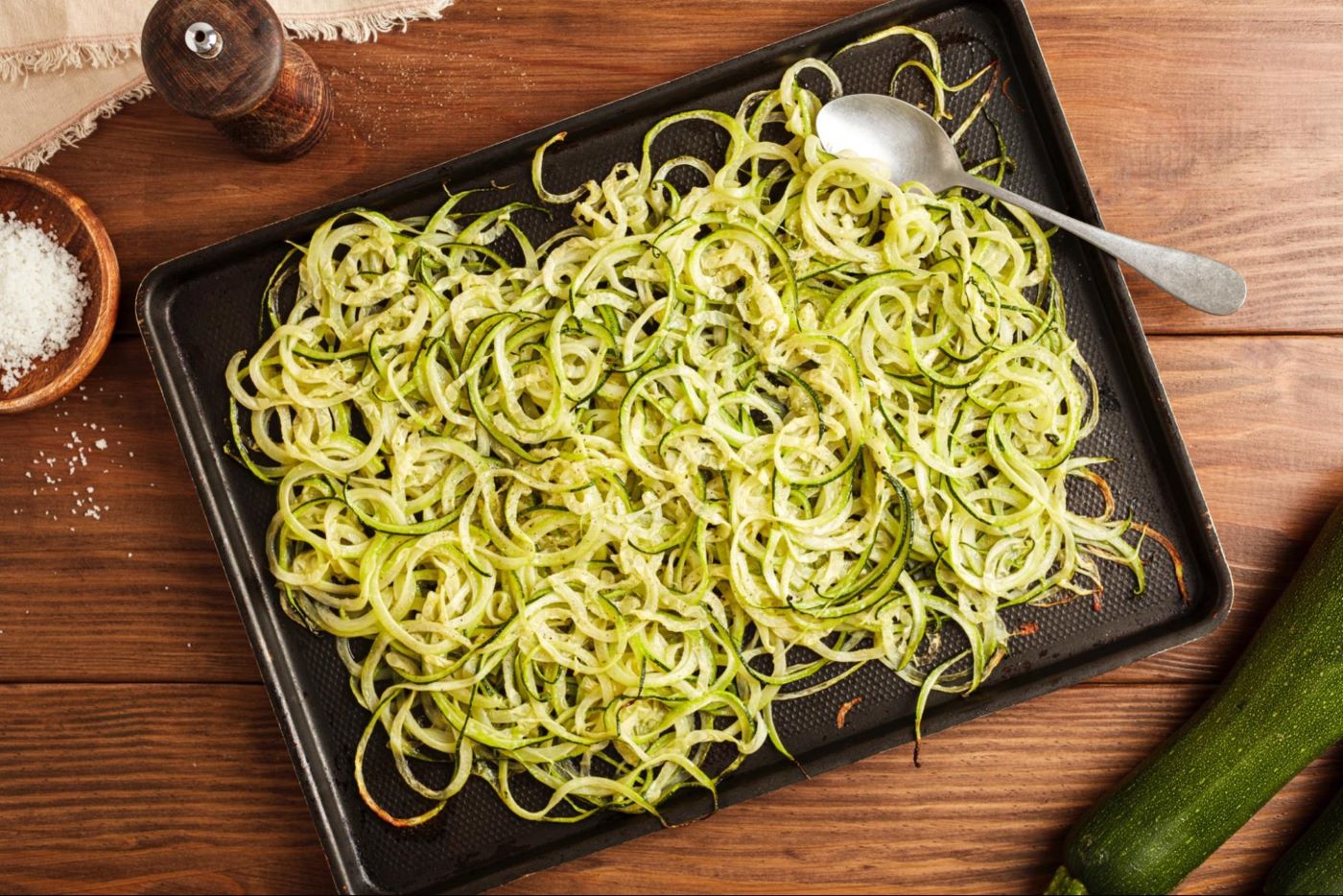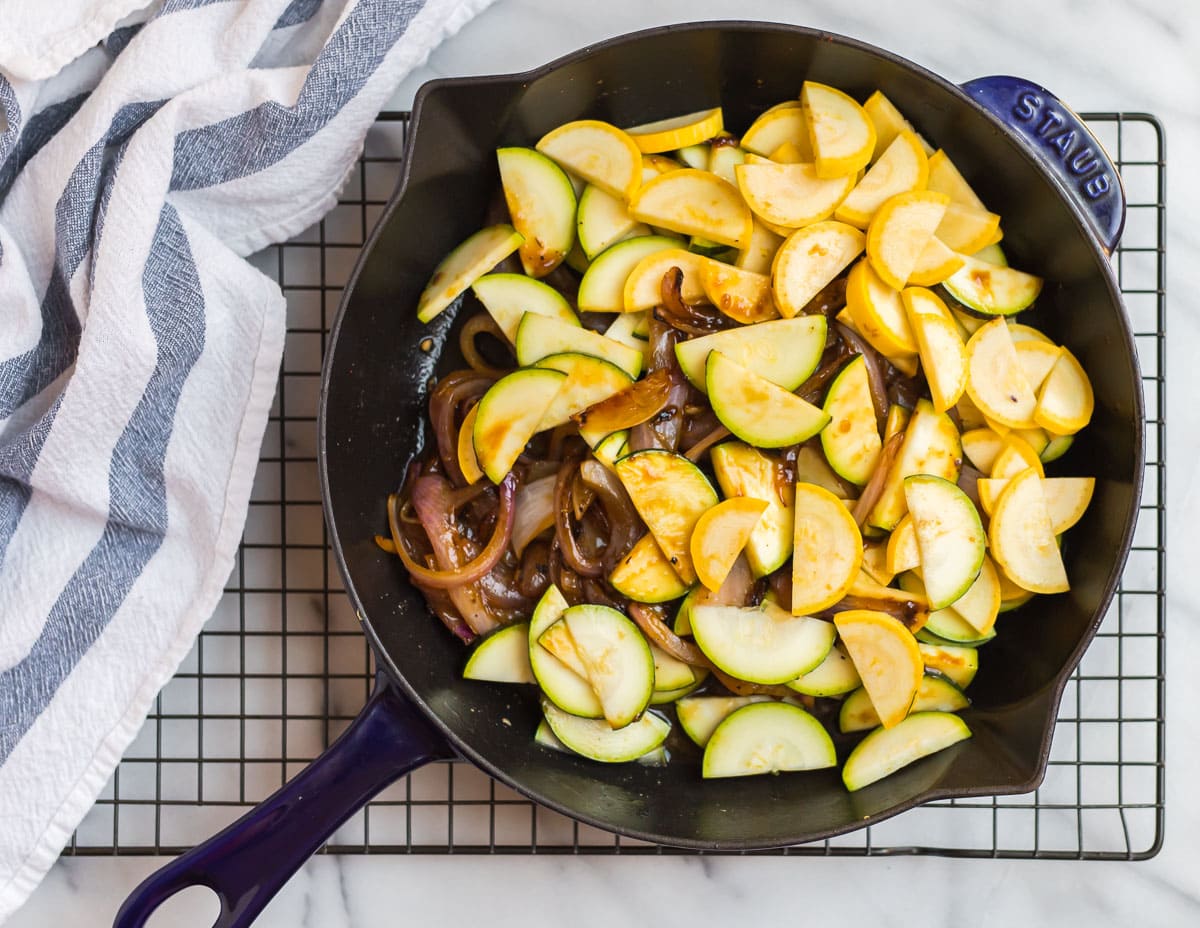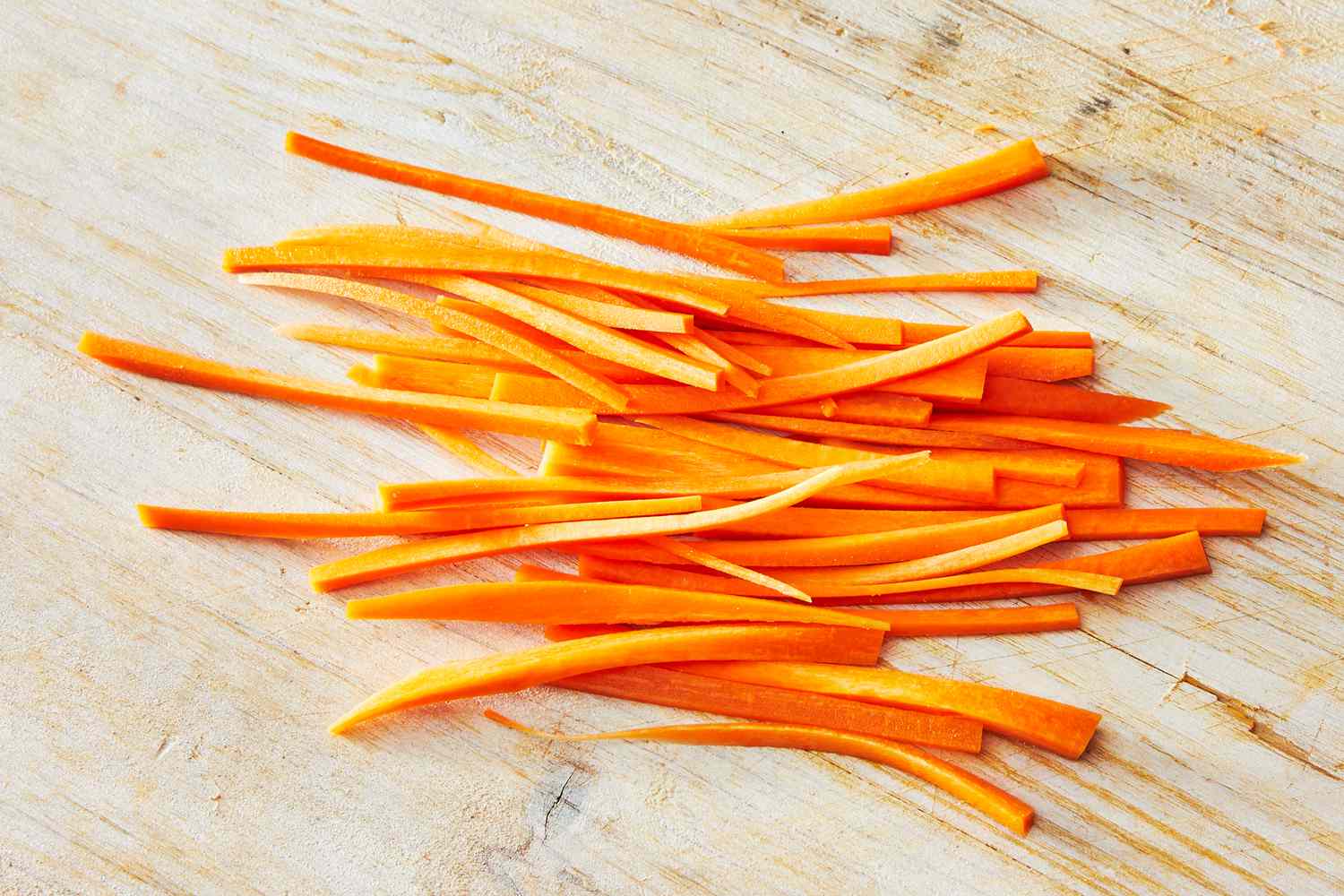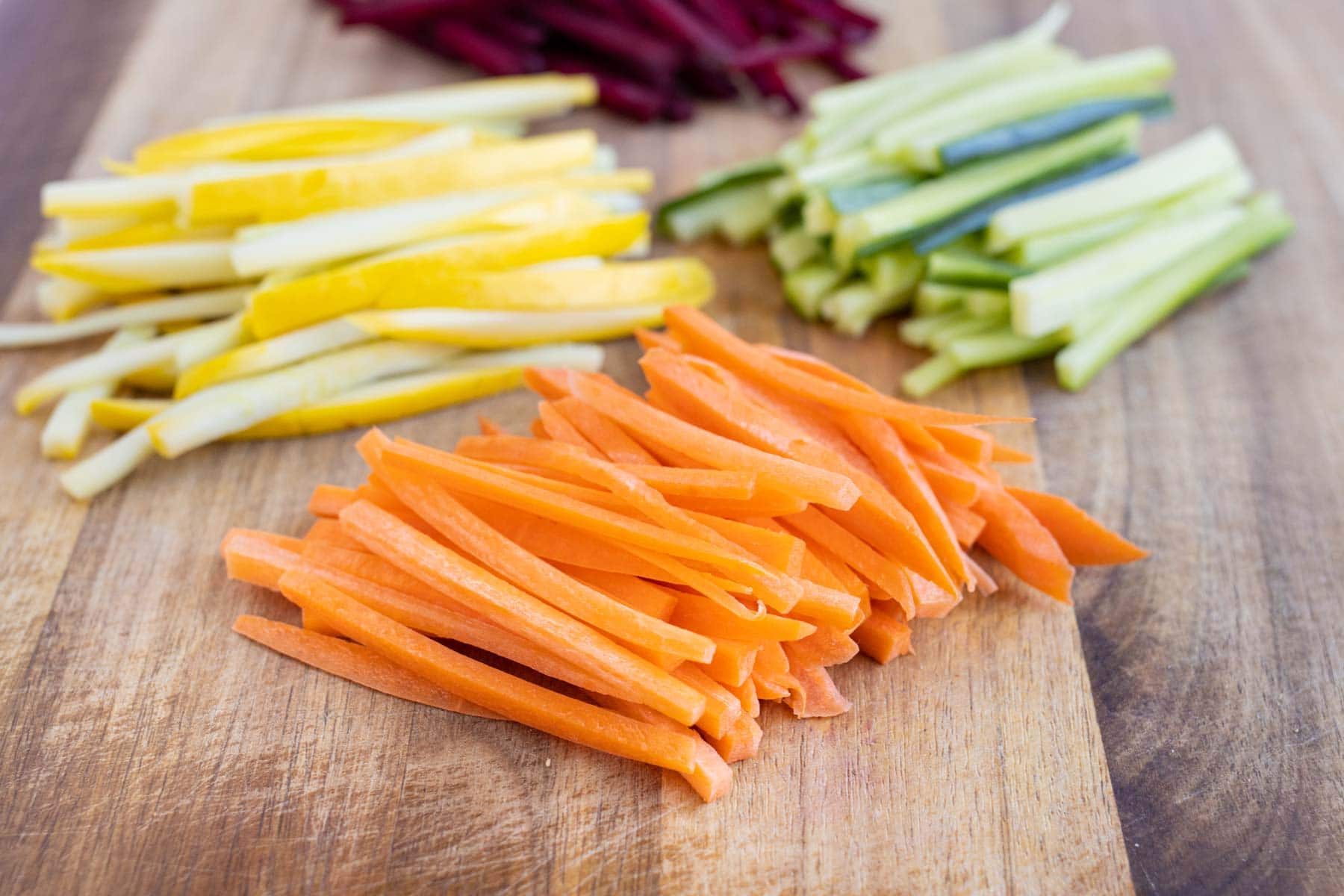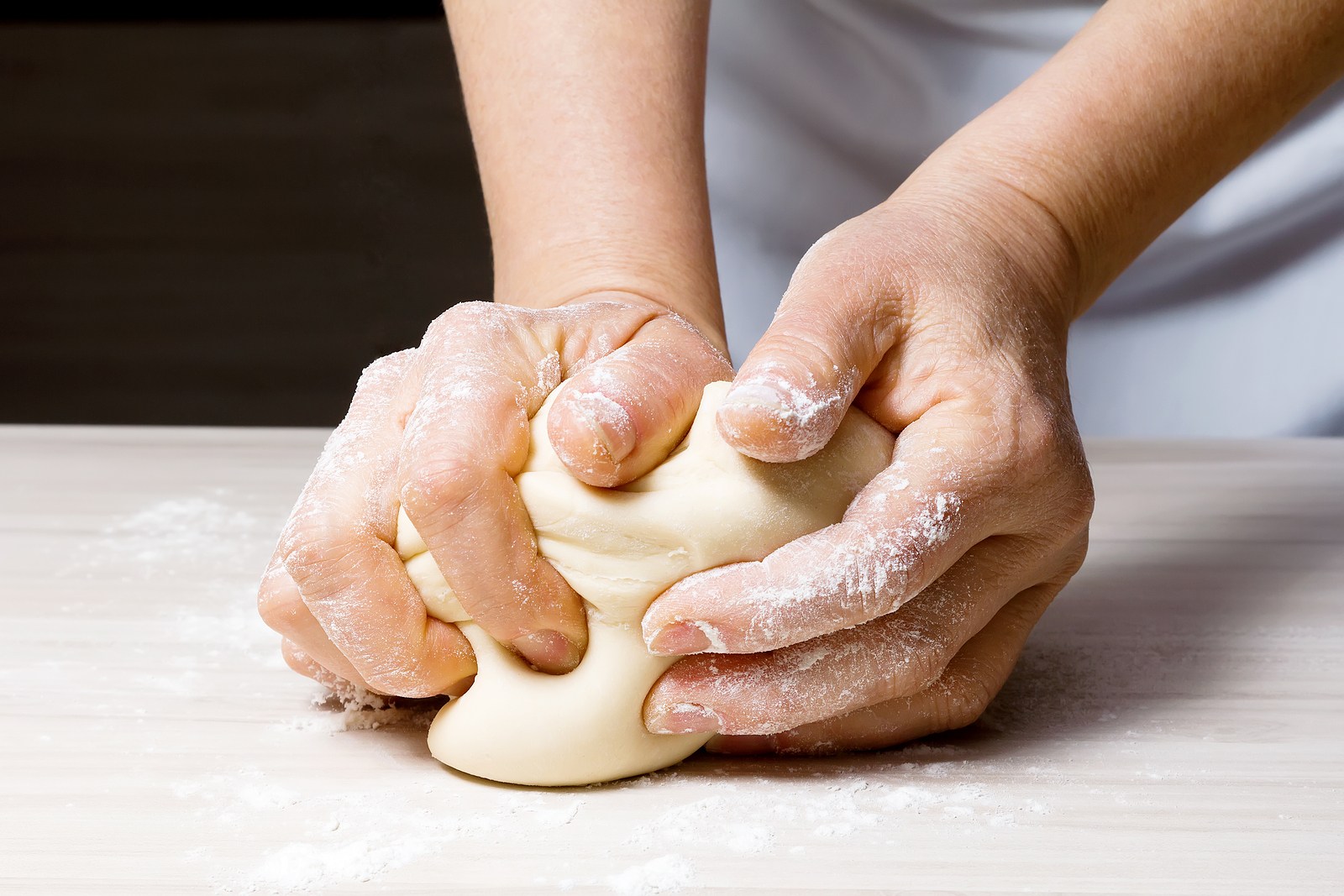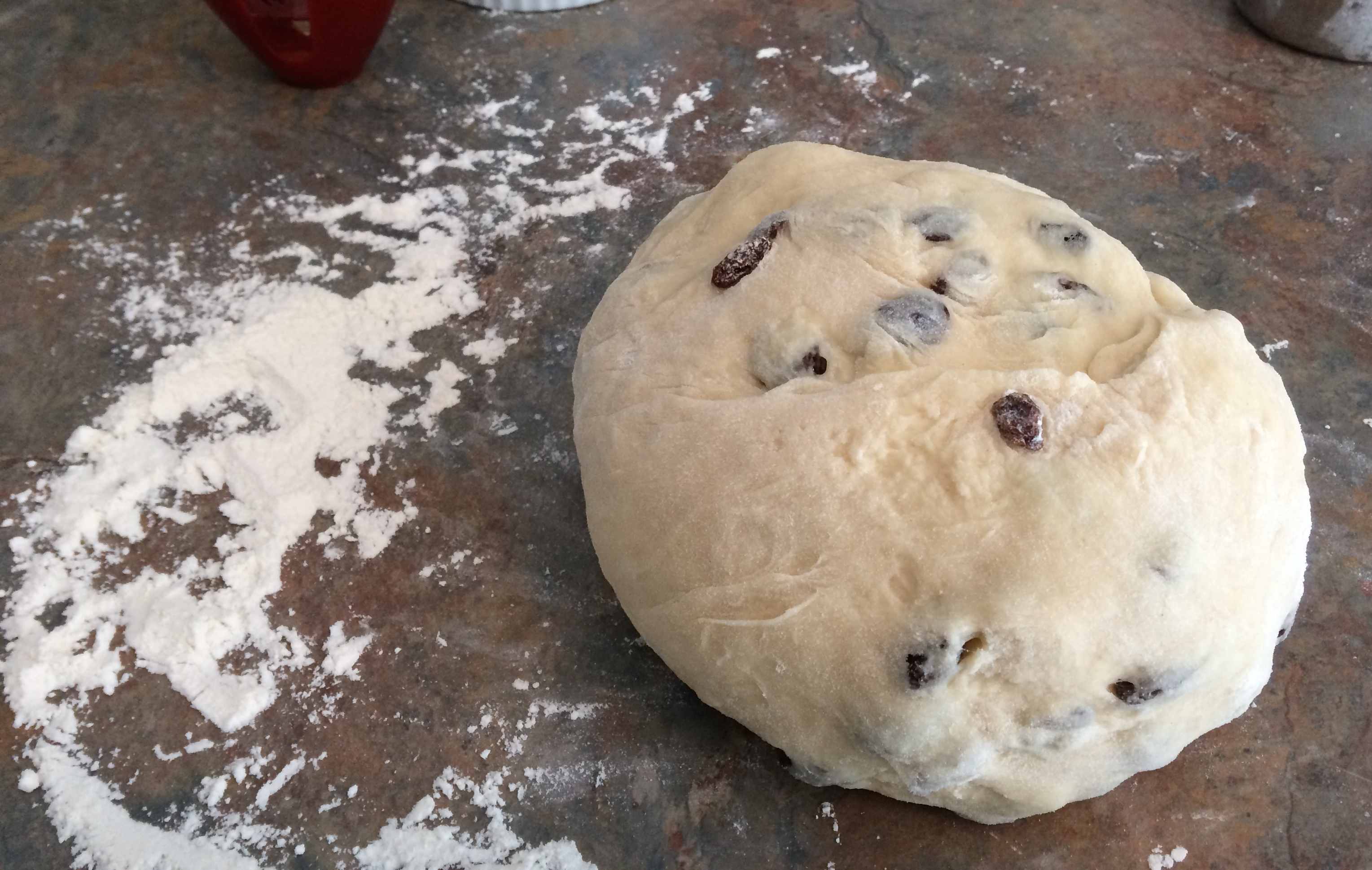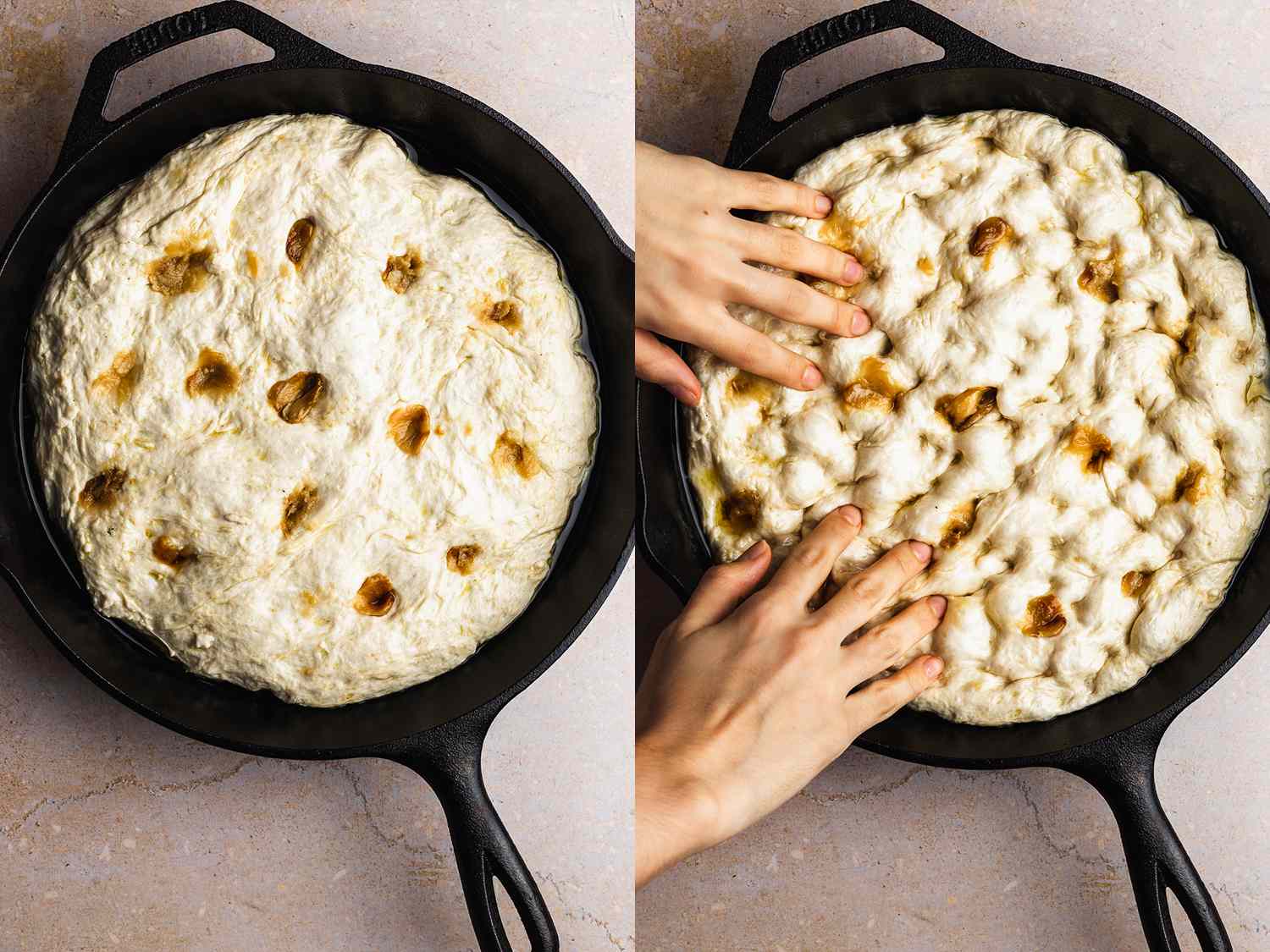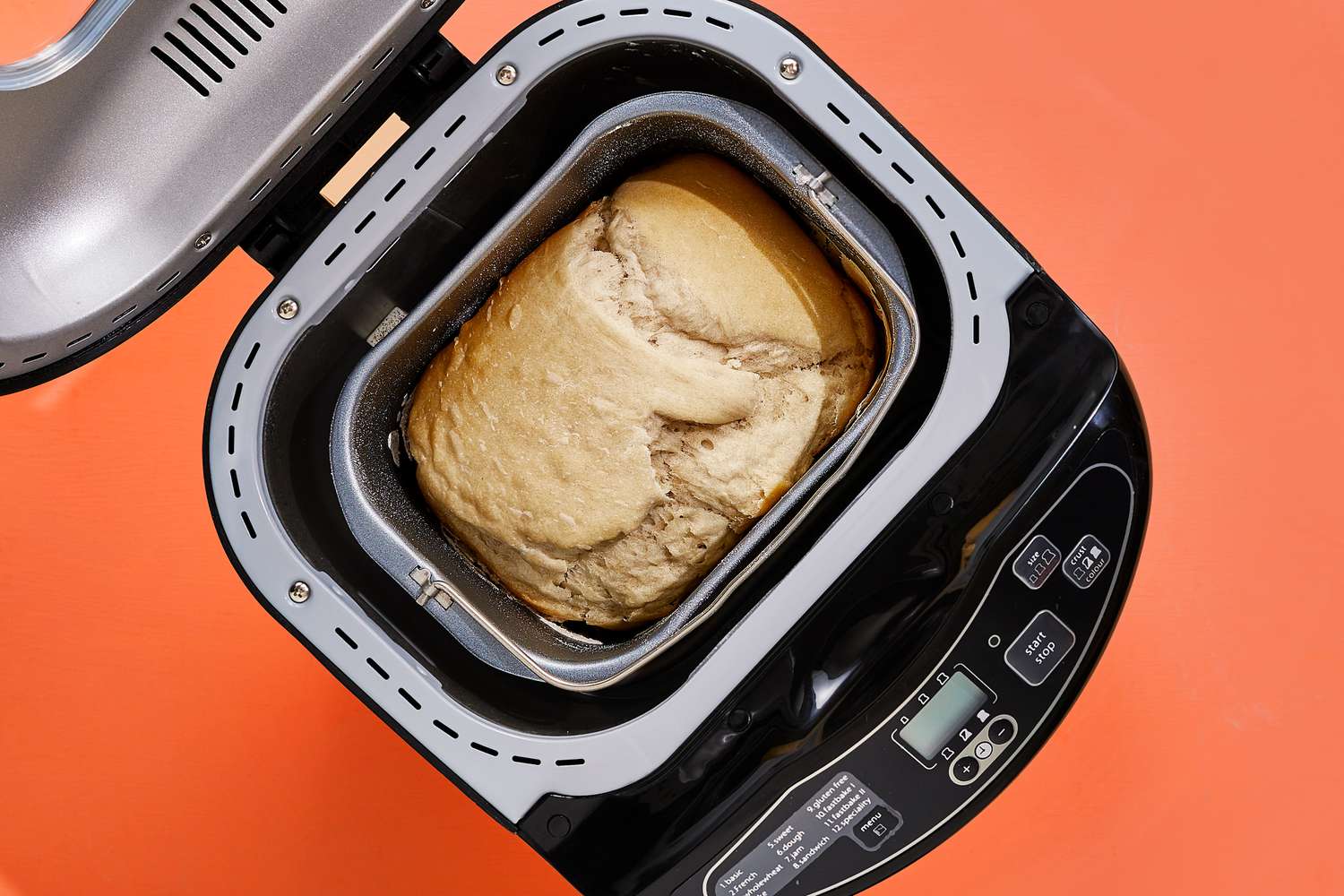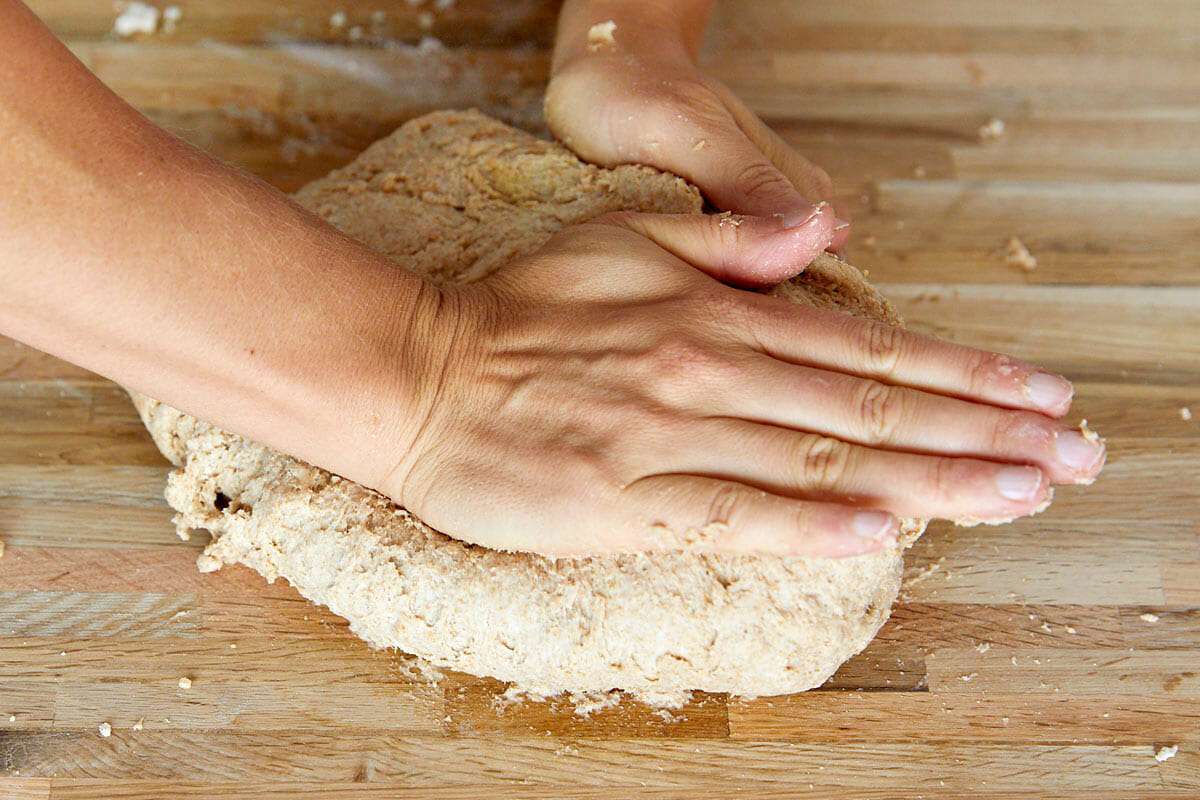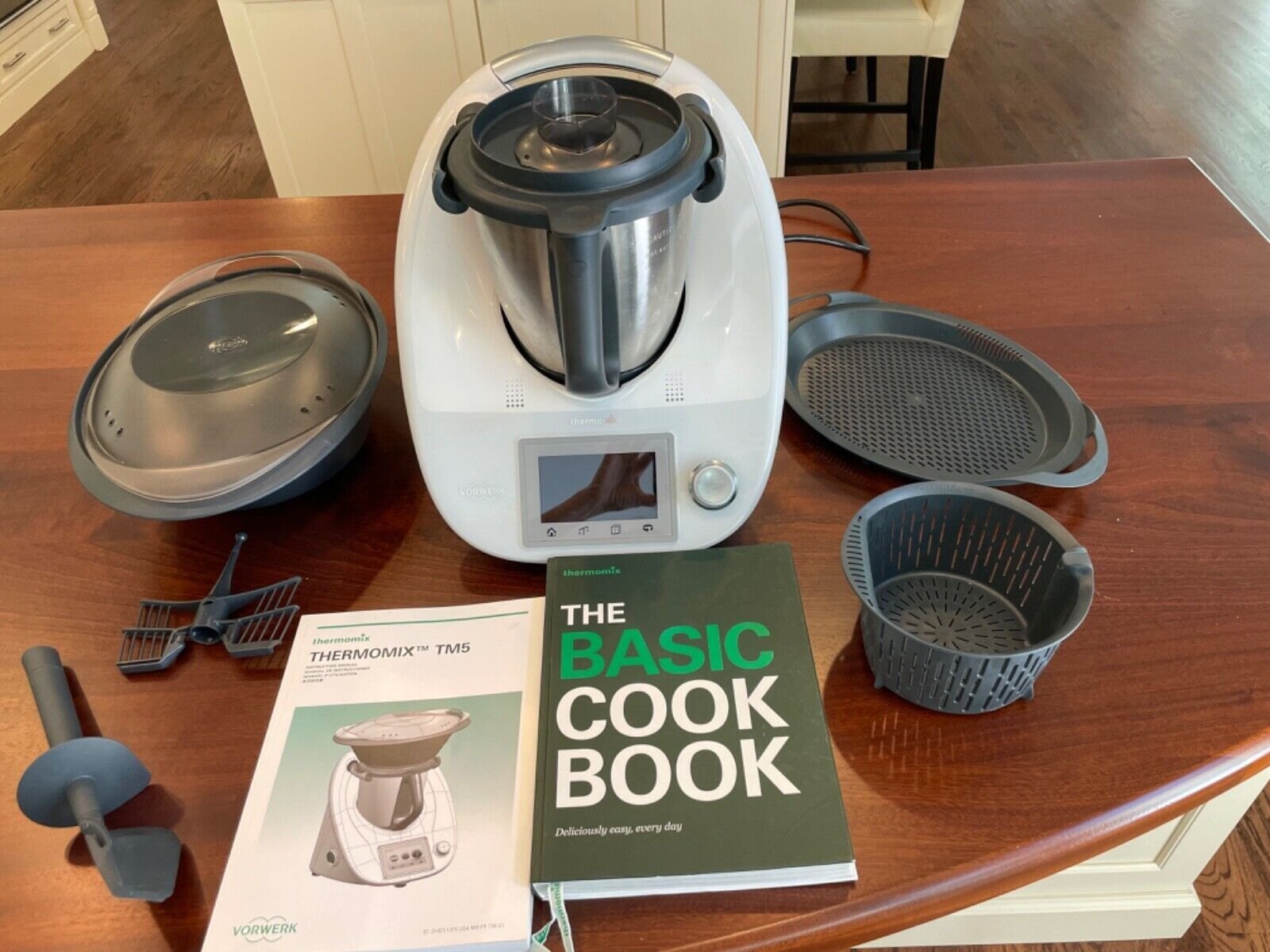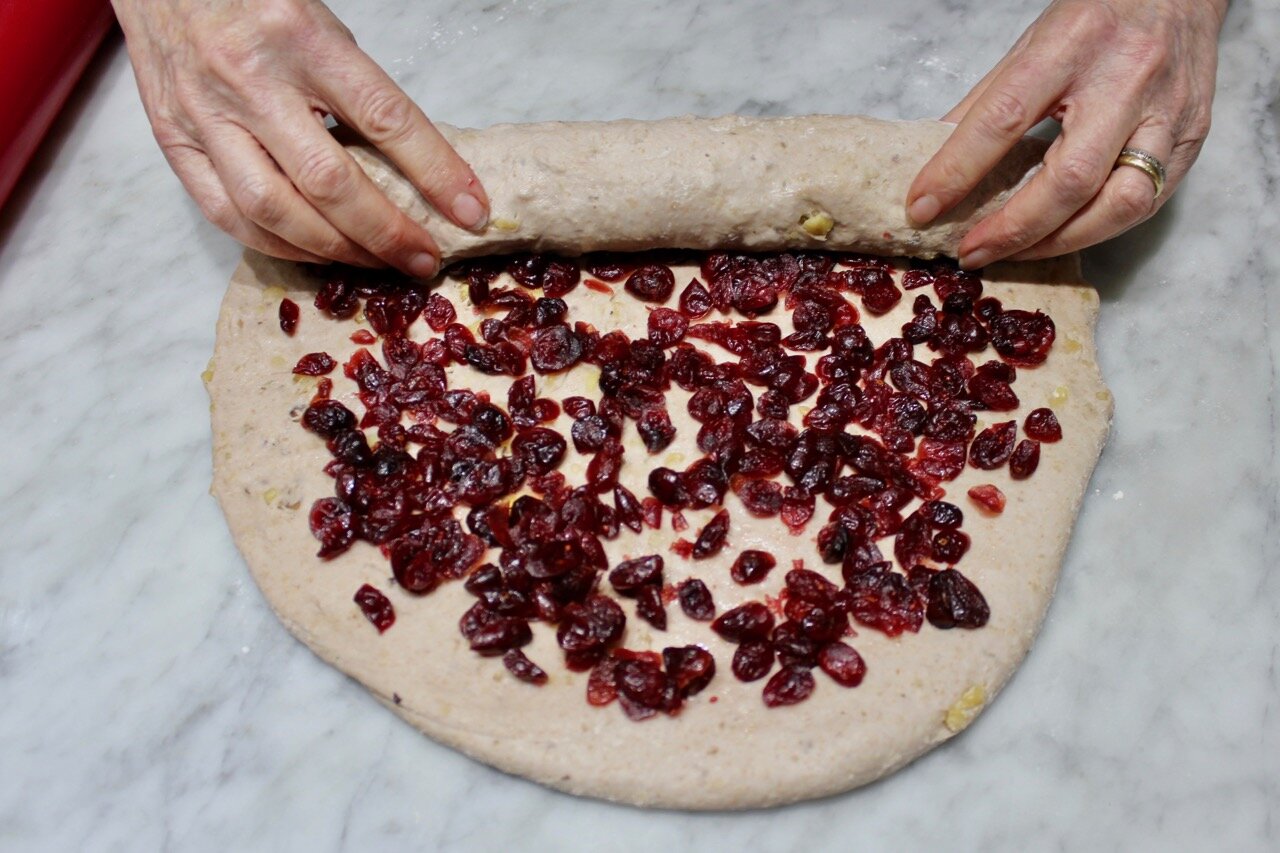Julienning zucchini transforms this versatile vegetable into matchstick-sized pieces perfect for salads, stir-fries, or garnishes. This technique, while sounding fancy, is quite straightforward once you get the hang of it. Start with a fresh, firm zucchini and a sharp chef's knife. You'll first top and tail your zucchini, then slice it into thin, flat planks. These planks are then stacked and sliced again into thin strips, resembling matchsticks. Mastering this skill not only elevates your presentation but also ensures even cooking and adds a delightful texture to your dishes. Ready to give it a try? Let's dive into the details.
Gather Your Ingredients
- Fresh zucchini
- Sharp chef's knife
- Cutting board
- Vegetable peeler (optional)
Essential Tools for the Task
- Sharp Chef's Knife
- Cutting Board
- Vegetable Peeler (optional)
- Mandoline Slicer (optional for more uniform strips)
- Kitchen Towels (for drying zucchini if washed)
- Bowl (for collecting the julienned zucchini)
For julienning zucchini, first wash and trim ends. Cut into manageable lengths, then slice lengthwise into thin planks. Stack planks, slice into thin strips. Perfect for salads or stir-fries!
The Importance of Julienning Zucchini
Julienning zucchini transforms this versatile vegetable into thin, uniform strips, mimicking the shape of matchsticks. This technique not only enhances the visual appeal of dishes but also ensures even cooking. Mastering this skill allows for a delightful texture in salads, stir-fries, and garnishes, elevating the overall dining experience.
Practicing julienne cuts on zucchini is an excellent way for amateur chefs to refine their knife skills. With its soft flesh and manageable size, zucchini offers a forgiving medium to learn precision and control. This method promotes creativity in the kitchen, encouraging cooks to experiment with presentation and texture in their culinary creations.
Your Step-by-Step Guide
Step by Step Guide to Julienne Zucchini
-
Select Fresh Zucchini: Look for firm, vibrant green zucchinis. Smaller ones tend to be more flavorful and less watery.
-
Wash and Dry: Rinse under cold water to remove any dirt. Pat dry with a clean towel.
-
Trim Ends: Cut off both ends of the zucchini to create flat surfaces. This makes it easier to julienne.
-
Cut in Half: If the zucchini is long, slice it in half to create manageable lengths.
-
Peel (Optional): For a more tender texture, peel the skin off. For added color and nutrients, leave it on.
-
Choose a Tool: Use a sharp chef’s knife, a mandoline slicer, or a julienne peeler. Each tool requires a different technique.
-
Using a Chef’s Knife:
- Place zucchini on a cutting board.
- Slice into thin planks, about 1/8 inch thick.
- Stack planks and cut into thin strips, mimicking the thickness of matchsticks.
-
Using a Mandoline Slicer:
- Set the mandoline to a julienne setting.
- Secure the zucchini on the food holder to protect fingers.
- Glide zucchini along the blade to produce even strips.
-
Using a Julienne Peeler:
- Hold zucchini firmly.
- Run the peeler along the length of the zucchini, creating thin strips.
-
-
Discard Seeds (Optional): For a less watery result, remove the core containing seeds before julienning.
-
Julienne: Regardless of the chosen tool, aim for uniform strips to ensure even cooking if used in recipes.
-
Store Properly: If not using immediately, store julienned zucchini in an airtight container in the refrigerator. Use within a couple of days for best texture and flavor.
Tips for Success:
-
Sharp Tools: Ensure knives or peelers are sharp to make cutting easier and safer.
-
Consistent Size: Strive for uniformity in strip size for both aesthetic reasons and to cook evenly.
-
Practice: Mastery comes with practice. Don’t be discouraged by initial attempts.
-
Use Immediately: Julienne zucchini is best used fresh to maintain its crisp texture and bright color.
-
Experiment: Once comfortable with the basic technique, experiment with different thicknesses for various dishes.
Mastering the Art of Julienne
Mastering how to julienne zucchini is a game-changer for any home chef. This technique not only elevates the presentation of dishes but also ensures vegetables cook evenly, enhancing their flavor and texture. Whether you're whipping up a stir-fry, adding a fresh twist to salads, or preparing a healthy garnish, julienne zucchini brings a professional touch to your culinary creations. Remember, practice makes perfect. Don't be discouraged if your first attempts aren't uniform or take a bit longer. With time, you'll find your rhythm and technique improving. So, grab that chef's knife, steady your cutting board, and start practicing. Your kitchen adventures just got a whole lot more exciting with this skill in your arsenal.
For those eager to put their julienne skills to the test, there are a variety of delicious recipes to explore. The Mediterranean Zucchini Noodle Salad is a refreshing choice, combining the crispness of julienned zucchini with vibrant Mediterranean flavors. If you're in the mood for something creamy, the Zucchini Noodle Alfredo offers a healthier twist on a classic dish. For a quick and colorful stir-fry, the Zucchini and Bell Pepper Stir-Fry is both simple and flavorful. For a lighter option, the Zucchini and Tomato Salad pairs well with any summer meal. Seafood lovers will enjoy the Zucchini and Shrimp Scampi, which marries the delicate taste of shrimp with fresh zucchini. Lastly, the Zucchini and Quinoa Salad provides a hearty and nutritious option that's perfect for lunch or dinner. Each of these recipes showcases the versatility of julienned zucchini and is sure to impress any palate.
All Your Questions Answered
What does julienne mean in cooking?
Julienning refers to cutting food into long, thin strips, similar to matchsticks. It's a technique that not only makes your dishes look more appealing but can also help in cooking vegetables more evenly and quickly.
Why julienne a zucchini?
Zucchinis are perfect for julienning because of their size and soft texture. This method can add a delightful crunch to salads, make a great substitute for pasta, or serve as a decorative garnish for dishes, adding both flavor and visual appeal.
What tools do I need to julienne zucchini?
A sharp chef's knife and a cutting board are essential. For those looking for more precision and ease, a mandoline slicer or a julienne peeler can be game-changers, making the process faster and yielding more uniform strips.
How do I start julienning zucchini?
First, wash your zucchini thoroughly. Trim off the ends. If using a knife, cut the zucchini into thin slices lengthwise, then stack the slices and cut them into thin strips. With a mandoline or julienne peeler, simply run the zucchini along the blade to produce thin strips.
Can I julienne zucchini with the skin on?
Absolutely! Keeping the skin on not only adds a pop of color but also increases the nutritional value, as many of the vitamins are in or near the skin. Just ensure it's washed well.
How do I keep julienne zucchini from getting soggy?
After julienning, lay the strips out on a paper towel and lightly salt them. The salt draws out excess moisture. After a few minutes, pat them dry with another paper towel. This step is especially helpful if you're adding them to salads or using them as a pasta substitute.
Any creative ways to use julienne zucchini?
Beyond salads and substituting for pasta, try incorporating them into stir-fries, wraps, or use them as a base for a veggie-packed sandwich. They can also be lightly sautéed with garlic and olive oil for a simple yet delicious side dish.
